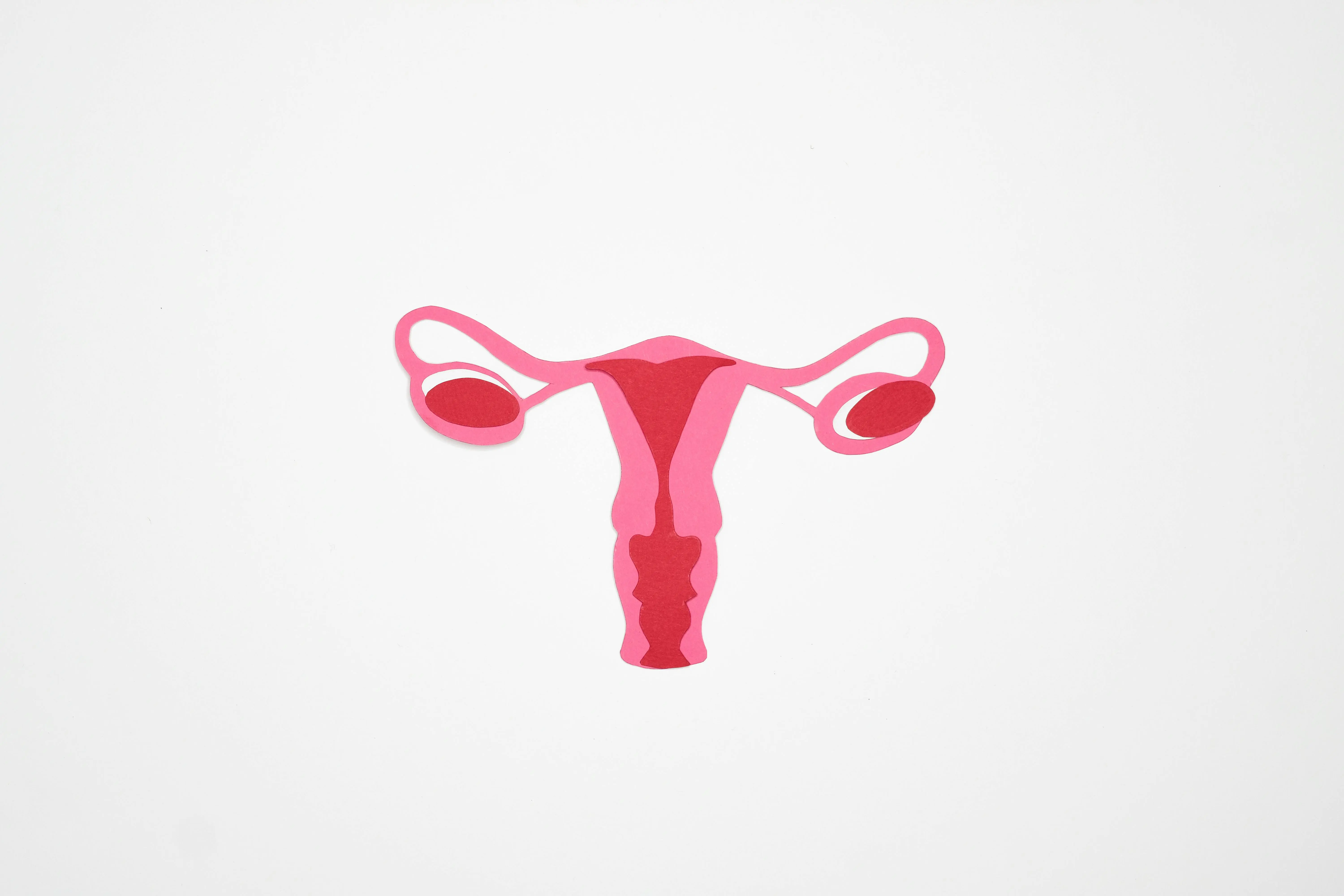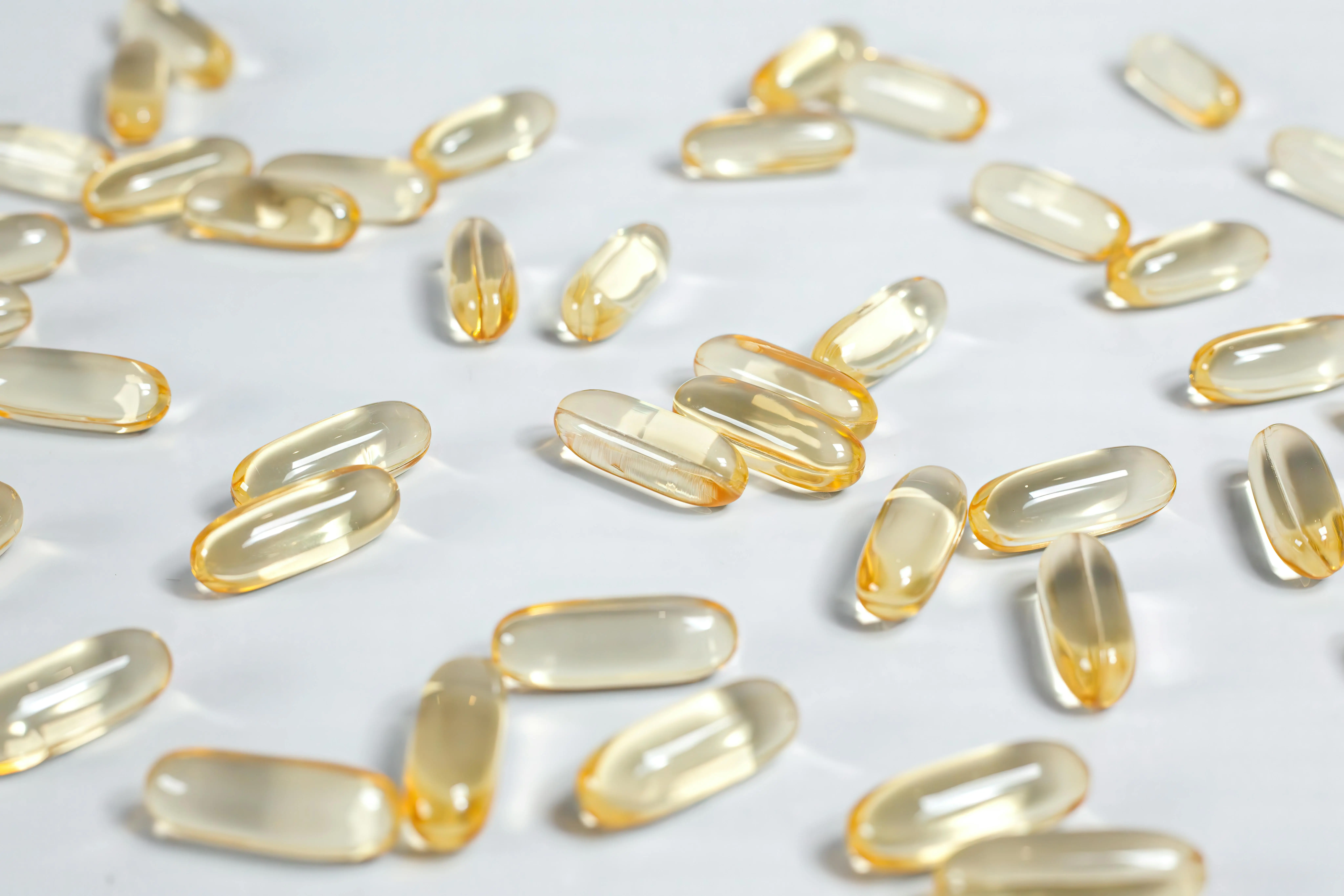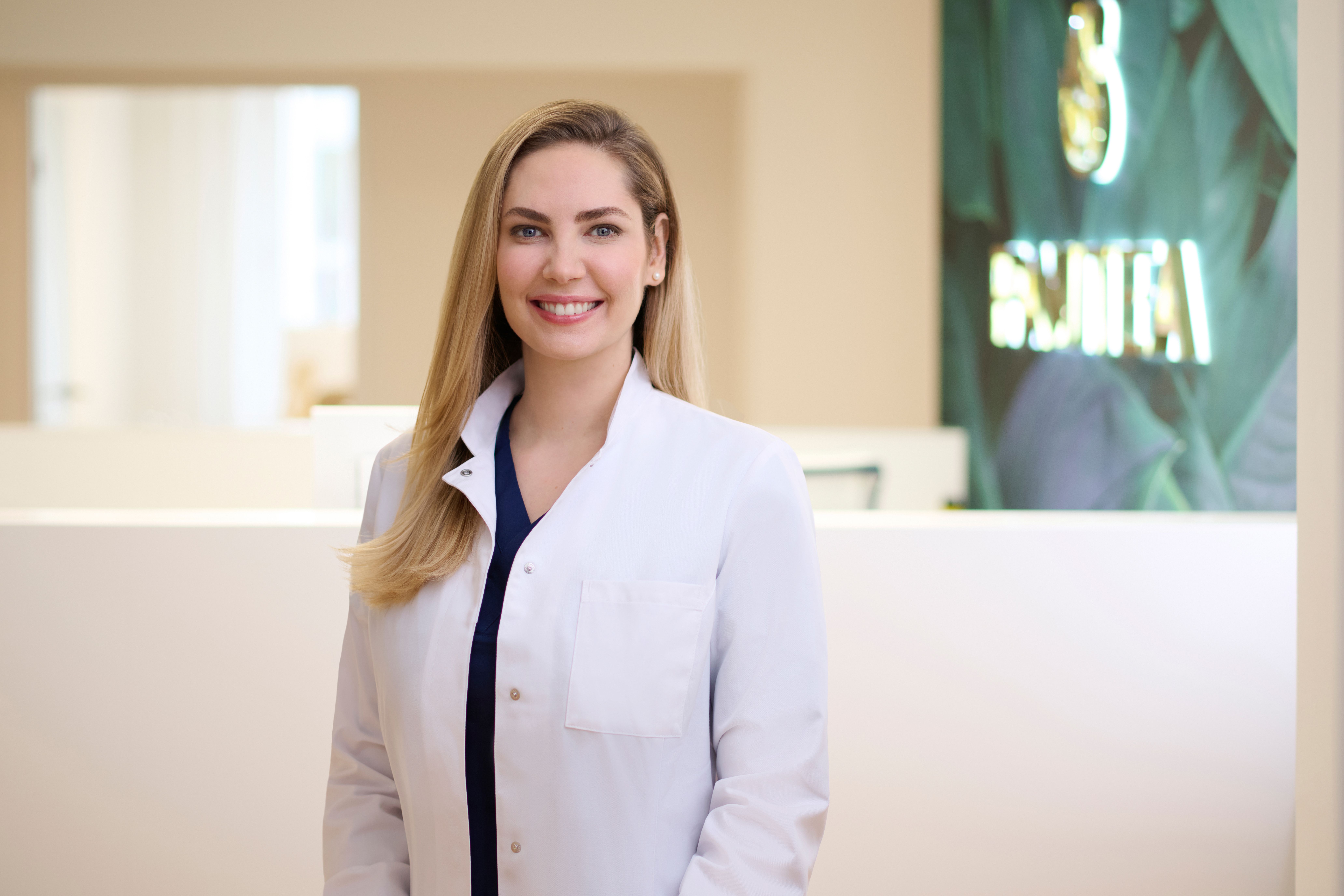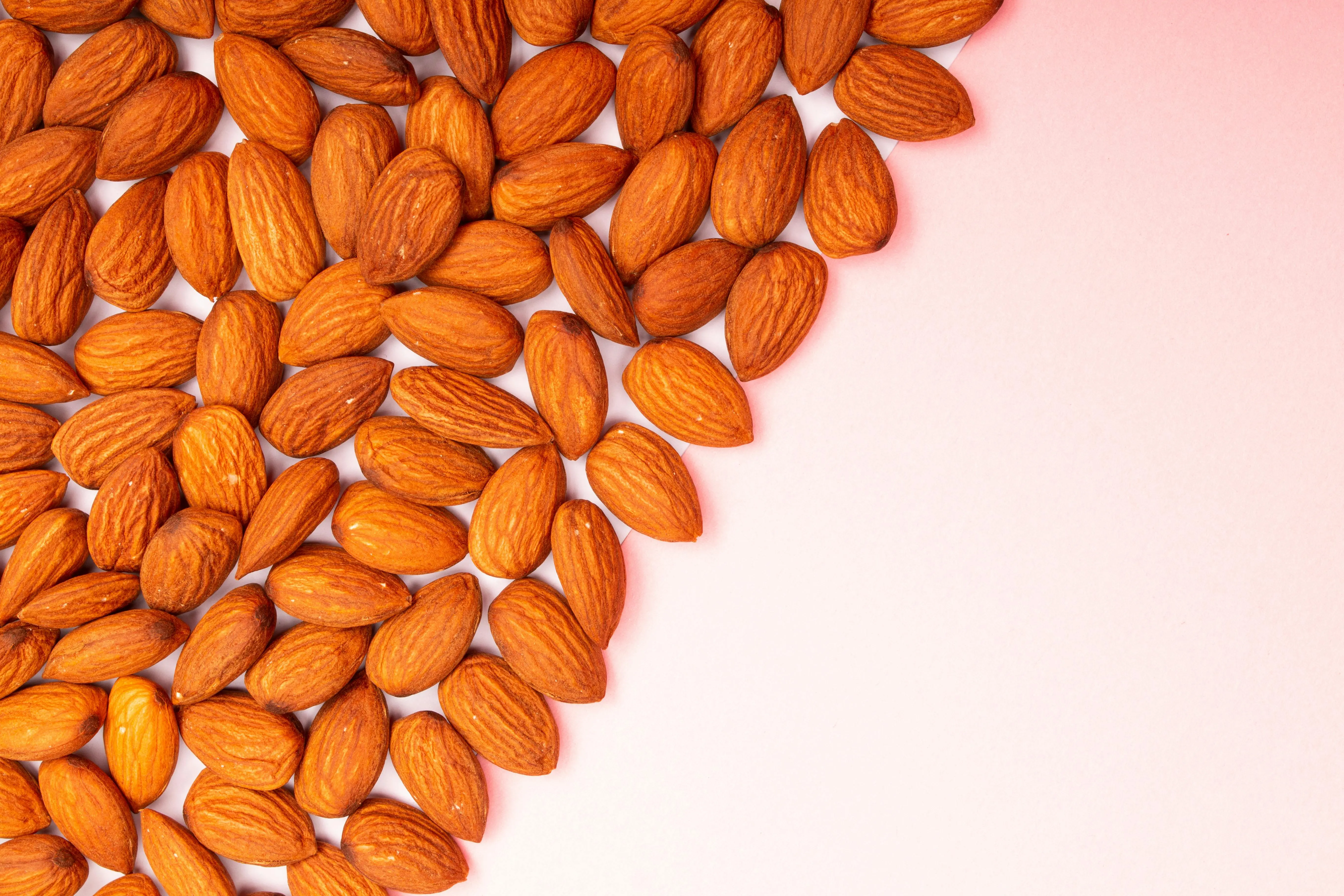
© Pexels
Ovary rejuvenation: Hope for women with low egg reserve
April 14, 2025
Birgitta Dunckel
- Health
- Women's Health
Ovarian rejuvenation - new techniques for women desiring children
Can women actually turn back their biological clock? New treatments aim to optimize ovarian function and counteract infertility
First of all, the term 'ovarian rejuvenation' is misleading. It suggests that the ovaries can be reverted to a previous, younger state, which is not biologically correct and may raise false hopes. It's more about an experimental treatment and exciting approaches in reproductive medicine, where the function of the ovaries is optimized, and resting follicles are activated, among other things, in women with reduced ovarian reserves.
Who is ovarian rejuvenation suitable for?
While some procedures, such as PRP therapy, are already being used in practice, other methods are still in the research phase. Basically, ovarian rejuvenation is aimed at:
- Women who lose ovarian function before the age of 40: premature ovarian insufficiency (POI)
- Women with low egg reserves: Especially women over 35 who still wish to become pregnant
- Women who have had unsuccessful IVF (in vitro fertilization) cycles: If it was due to the quality or quantity of eggs, a rejuvenation therapy can help
Stimulating ovaries and improving their function
A woman's natural fertility declines with age as the number and quality of eggs decreases. From about the age of 35, it becomes increasingly difficult to become pregnant, and natural egg production ends after menopause. However, the rate of egg reduction varies from woman to woman. Some women have a low reserve of eggs in their early 30s, while others still have a lot of eggs at 40.
The quality of eggs also declines over time, and at the same time the proportion of eggs with genetic changes increases. These faulty eggs often aren't fertilized at all because they don't develop further very early on.
The goal of ovarian rejuvenation is to stimulate the ovaries, improve their function, and potentially promote the production of new or better eggs.

© Adobe Stock
The PRP therapy is the most widely used method for ovarian rejuvenation.
Ovarian rejuvenation: What methods are available?
There are several promising techniques currently being researched, with two primarily being practiced at present:
1. PRP Therapy
PRP therapy is the most widely used method for ovarian rejuvenation. Many fertility clinics worldwide offer it, especially for women with low egg reserves, perimenopause, or premature ovarian insufficiency. The therapy is intended to improve ovarian reserve markers and restore the menstrual cycle.
In this method, the patient's own blood is taken, centrifuged, and platelet-rich plasma (PRP) is obtained from it. This contains a high concentration of growth factors and cytokines that promote tissue regeneration. Under local anesthesia, the patient receives a transvaginal injection of PRP into the ovaries to activate follicles and encourage their maturation, as well as to improve blood circulation.
If patients have a regular cycle, the PRP treatment is administered at the beginning of the menstrual cycle. For patients with ovarian insufficiency who have no or irregular periods, the treatment can be performed at any time.
PRP therapy has been successfully used for years in other medical fields such as orthopedics, dermatology, aesthetic medicine, dentistry, and oral surgery.
2. Medication support (e.g., DHEA, Coenzyme Q10)
Many reproductive medicine specialists recommend supplements like DHEA (dehydroepiandrosterone) and coenzyme Q10 to improve egg quality, especially for women over 35 or with low ovarian reserve. DHEA can increase androgen levels, which may support follicle development. These approaches are well-researched and widely used.
Still in research: Ovarian Fragmentation Activation (OFFA) and Stem Cell Therapy
In OFFA, small tissue fragments are taken from the ovary, treated, and re-implanted. This technique is intended to activate dormant follicles. Initial successes were seen in women with premature ovarian failure.
In stem cell therapy, which is still in an early research stage, scientists are investigating whether stem cells from bone marrow or other body tissues can improve ovarian function.
Ovarian rejuvenation: Opportunities and risks
Some of the methods of ovarian rejuvenation sound promising and could revolutionize reproductive medicine. Women would have new opportunities to become pregnant later in life. However, scientific evidence is still limited, and extensive clinical studies are still required. The effectiveness varies from case to case, as not every patient responds to the therapies. Furthermore, invasive procedures also carry risks such as infections.














